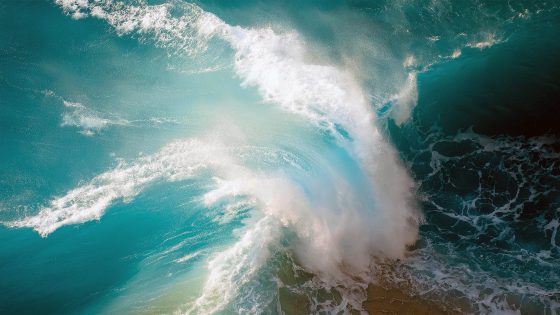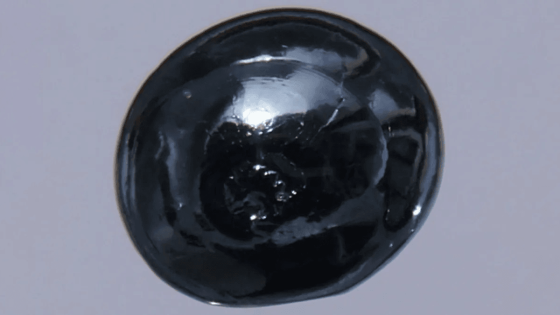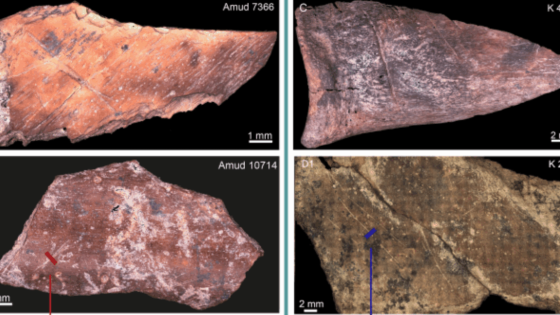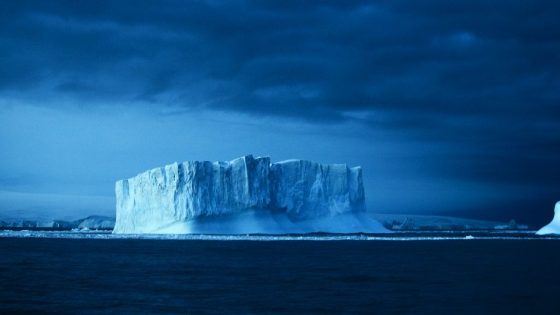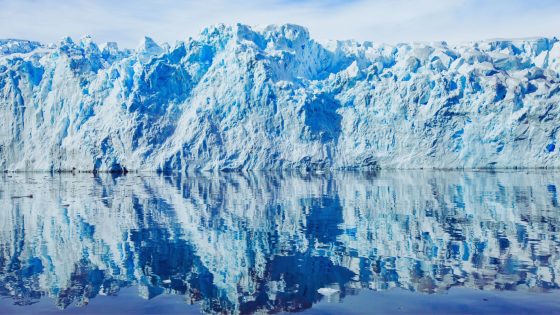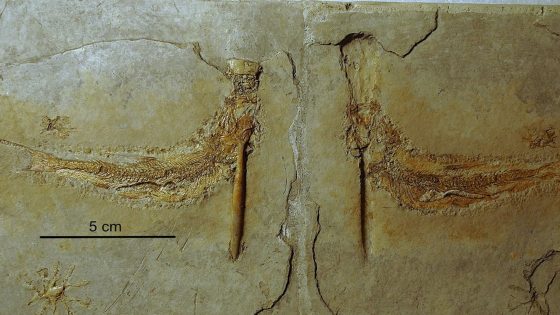Rogue waves are among the ocean’s most mysterious phenomena, towering unexpectedly and wreaking havoc on marine operations. Recent research has shed light on their formation, revealing the critical role of wind dynamics and complex wave interactions.
- Rogue waves are massive and unexpected ocean phenomena.
- Draupner wave was first scientific evidence recorded.
- Ucluelet wave is extremely disproportionate in size.
- Rogue waves can cause significant maritime damage.
- Wind dynamics play a critical role in formation.
- Crest-trough correlation aids in predicting rogue waves.
In 1995, the Draupner wave, measuring an astonishing 85 feet, provided the first scientific proof of these giants. Now, scientists are exploring other rogue waves, like the Ucluelet wave, recorded at 58 feet, but still towering over its surroundings. Understanding these waves is essential, especially as climate change may increase their frequency and height.
What causes these colossal waves to form? The answer lies in chaotic ocean conditions where multiple waves interact, creating larger waves. Key points include:
- Rogue waves can appear suddenly, even in calm seas.
- Wind plays a crucial role in their formation.
- Nonlinear interactions between waves can amplify their size.
- Understanding crest-trough correlation may help predict these events.
As research continues to advance, integrating wind data into forecasting models could significantly enhance our ability to predict rogue waves, ultimately improving safety for all who navigate the seas.



